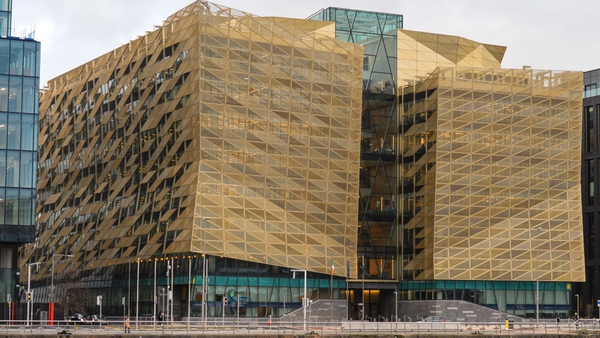So-called 'green mortgages' or discounted rates for loans on homes with higher Building Energy Ratings (BER’s) account for 7.7% of outstanding mortgages, but an increasing share of new mortgages.
Green mortgages, where offered by financial institutions, have risen from 10% of mortgage loans in the first quarter of 2020 to 35% in the second quarter of this year.
That’s just one measurement benchmark used by the Central Bank in a report entitled ‘Climate Observatory’ published today.
The publication will be repeated annually to measure Ireland’s progress on adapting to climate change, using financial and non-financial metrics.
The report also finds that when measured for risks of coastal and river flooding, 20% of the loans held at Irish financial institutions are considered to be ‘exposed’ to risk, albeit a ‘low’ risk. That puts Ireland in the top three most exposed financial systems along with the Netherlands and Luxembourg.
The report also finds that per head of population, Ireland ‘is an emission intensive economy.’ Our emissions of CO2 per capita in 2020 was 6.8tonnes, which was 23% higher than the EU average, 47% higher than the UK but 48% lower than the US.
The report notes there’s a target under the Climate Action Plan to install 680,000 heat pumps in Irish homes by 2030. At the end of 2022, there was a total of 25,000 heat pumps installed.
The report finds that the carbon intensity of certain sectors in the economy is higher than the EU average. The wholesale/retail sector is 33% higher while the accommodation/food sector is 46% higher. The transportation/storage sector is higher again at 162% higher than the EU average.
The report says that Ireland’s high emissions relative to the EU average ‘is primarily due to high levels of agricultural activity.’
74% of agricultural emissions were due to livestock. Emissions in agriculture are up 14% on 2012 levels ‘due to livestock expansion’ particularly in dairy.





